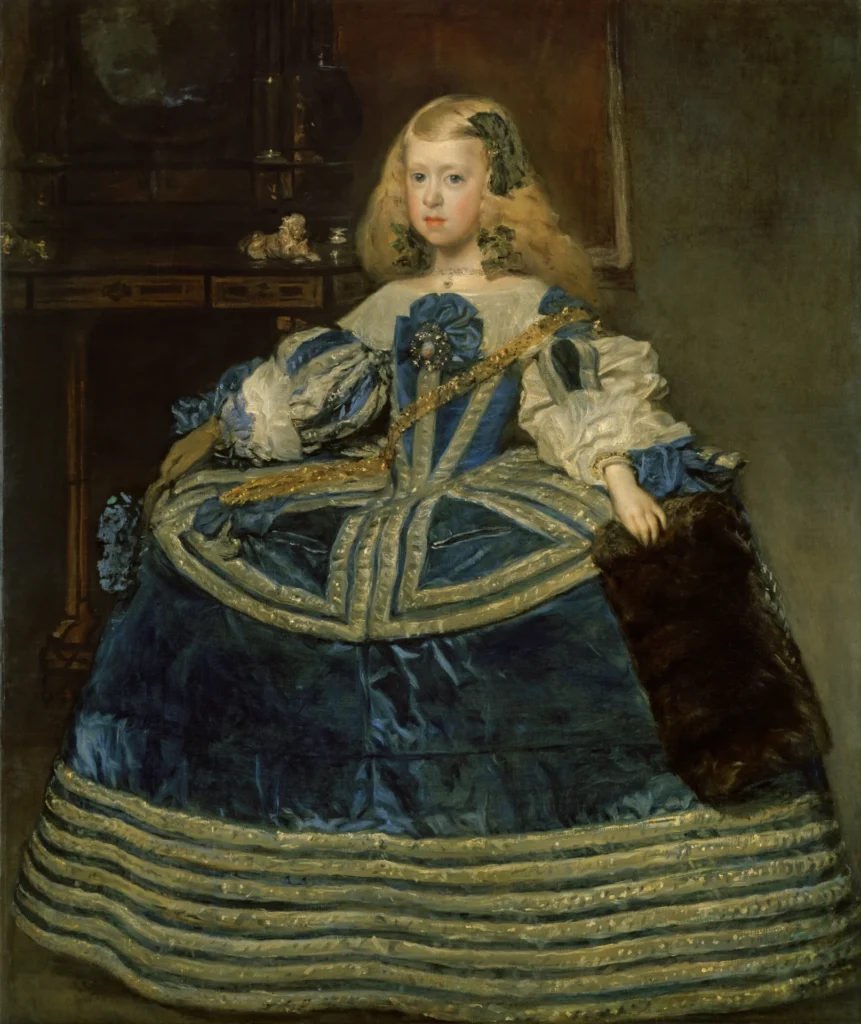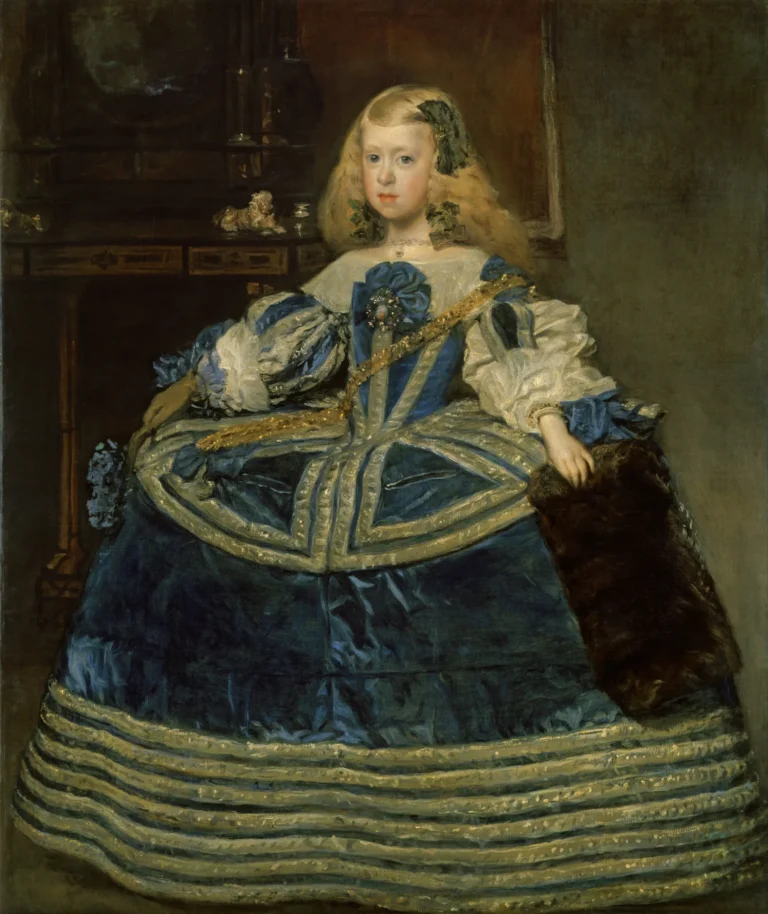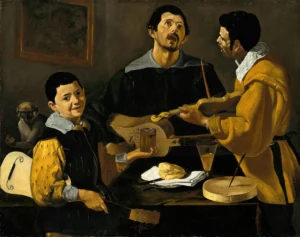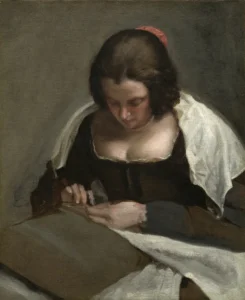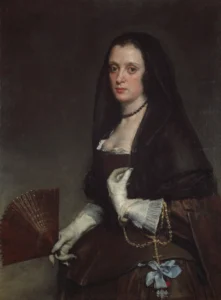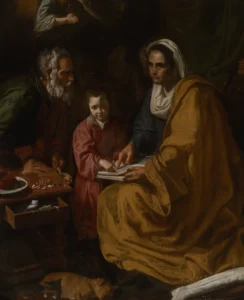Infanta Margarita Teresa in a Blue Dress
Diego Velázquez's Infanta Margarita Teresa in a Blue Dress captures the essence of a young royal, the daughter of King Philip IV of Spain. Painted in 1659, this portrait features the Infanta in an exquisite blue silk dress adorned with silver embroidery, embodying innocence and dignity. The meticulous attention to detail in the fabric and the expression of the subject highlights Velázquez's exceptional skill as a portraitist. The painting, rediscovered in the 20th century, now resides in the Kunsthistorisches Museum, enriching the cultural tapestry of European art. It provides insight into royal life and diplomacy of the era.
Year 1659
About the Artwork
This portrait was created amid the significant political backdrop of 17th century Europe. Infanta Margarita Teresa, at the tender age of eight, was being prepared for her marriage to her uncle, Leopold I, Holy Roman Emperor, strengthening the diplomatic ties between Spain and Austria. Velázquez was commissioned to paint a series of portraits to present her likeness to Leopold in Vienna. The artwork showcases not only Velázquez's exceptional talent but also reveals the intricacies of royal family dynamics and the role of art in consolidating political alliances. After being lost for nearly three centuries, the painting's discovery in the storeroom of the Kunsthistorisches Museum emphasized its enduring importance and aesthetic value, while the restorative efforts made in the mid-20th century ensured its preservation for future generations.
Did You Know
Infanta Margarita Teresa was betrothed to her uncle, Leopold I, Holy Roman Emperor, a political union that highlighted the interconnectedness of European royal families during the 17th century.
Diego Velázquez is celebrated for his loose brushwork that creates an illusion of reality. This technique is evident in the painting, where the meticulous details emerge beautifully from a distance.
The painting was thought to be lost for centuries until its rediscovery in 1923, when it was found in a storeroom. Major restoration efforts were undertaken to re-establish its original form.




